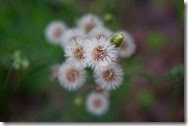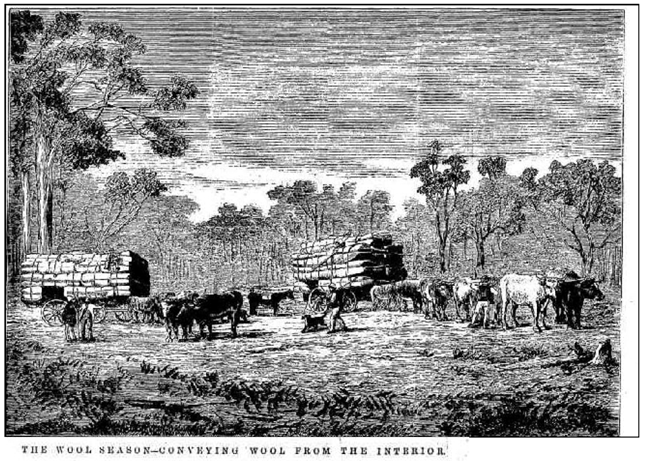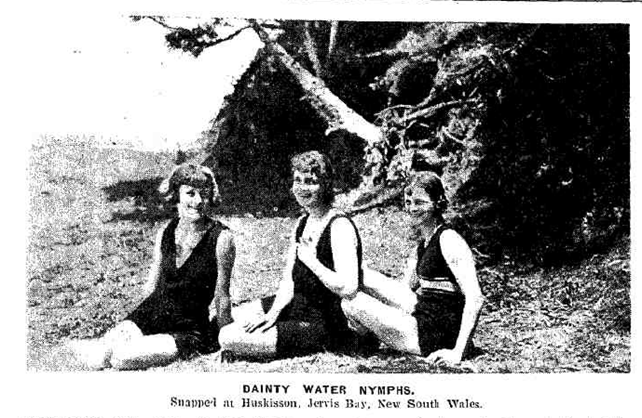The many adventures of the finely crafted ship Eliza Firth.
She was 145tons, 98ft long, a two masted brigantine rigged timber sailing vessel.
Seen here in the background of this image on Waitemata Harbour as the yacht 'Tangaroa' sails past..
Once described.
”Eliza Firth was said ‘to be beautifully rigged and well cared for. While in port she always kept her yards nicely squared. Each bunt cloth had a star painted in red and black on it’. Perhaps foretelling Southern/Te Kopuru rugby colours.”
She spent her early years trading around the South Island and back to Melbourne and Tasmania. Into the 20th century Eliza Firth ran almost continually from Kaipara to Wellington and Lyttelton with timber, back-loading with produce for the Kaipara
.
A typical load.
Eliza Firth, brigantine, from Tairua, New Zealand: 10,750 pieces undressed timber, 371 hundles shocks. George Thompson, ship, from Puget Sound; 6848 pieces rough timber, 350,000 laths. ...
Like all coastal ships Eliza Firth had her sad and bad times.
There never seemed to be any lack of drama aboard a frequent Kaipara Harbour visitor, the schooner Eliza Firth. One Wellington reporter wrote, ‘With kauri planking and sawn timber piled to the top of her bulwarks and a lifeline lashed between fore and main rigging, she would come bowling up the harbour, carrying double top sails, stay sails, jibs and mainsail to a strong gale. She always drew a goodly crowd to the foreshore to watch her berth’.
When crew were called to shorten sail while on their way south from Kaipara, a Frenchman named Jean Yviquel was standing on timber on the deck, slipped and shot through the rail. A life belt was thrown and boat lowered but it was too late. He was 19 years old.
Drastic action was needed on one occasion to save the schooner after a storm drove her in to shelter near Picton. When her two anchors dragged, the captain decided to cut down the foremast ten feet above the deck. By doing that they stopped her drifting onto the nearby shore.
A passing steamer was asked to pick up the mast — worth £50 — but the steamer couldn’t, or wouldn’t, oblige.
Her luck eventually ran out.
Eventually luck ran out for the feisty trader. On 2nd July 1915, as she was beating out of Kaipara Harbour, Eliza Firth clipped the inside end of Tory Shoal and grounded. She was towed to Waikere Bay but became a total wreck.
Ref. http://www.kaiparalifestyler.co.nz/Of_Interest.cfm?NewsID=4015
 |
Incident inquiry findings.
That Captain Gilbert Brown committed an error of judgment in over-estimating his distance from the lighthouse at 10.30 p.m. on the night of February 21st; and further that in heading in for the land, the lead should have been used.
At the same time we are of opinion that the errors are not sufficiently serious to warrant the suspension of his certificate; which certificate we have therefore returned.
http://www.plimsoll.org/resources/SCCLibraries/WreckReports/18192.asp
 |  |
 |  |
ref.
. http://www.aucklandcity.govt.nz/dbtw-wpd/exec/dbtwpub.dll?BU=http%3A%2F%2Fwww.aucklandcity.govt.nz%2Fdbtw-wpd%2FHeritageImages% 2Findex.htm&AC=QBE_QUERY&TN=heritageimages&QF0=ID&NP=2&RF=HIORecordSearch&MR=5&QI0=%3D%224-1583%22
. http://paperspast.natlib.govt.nz/cgi-bin/paperspast?a=d&d=NZH19021119.2.29
. http://www.kaiparalifestyler.co.nz/Of_Interest.cfm?NewsID=4015
. http://www.plimsoll.org/resources/SCCLibraries/WreckReports/18192.asp























































